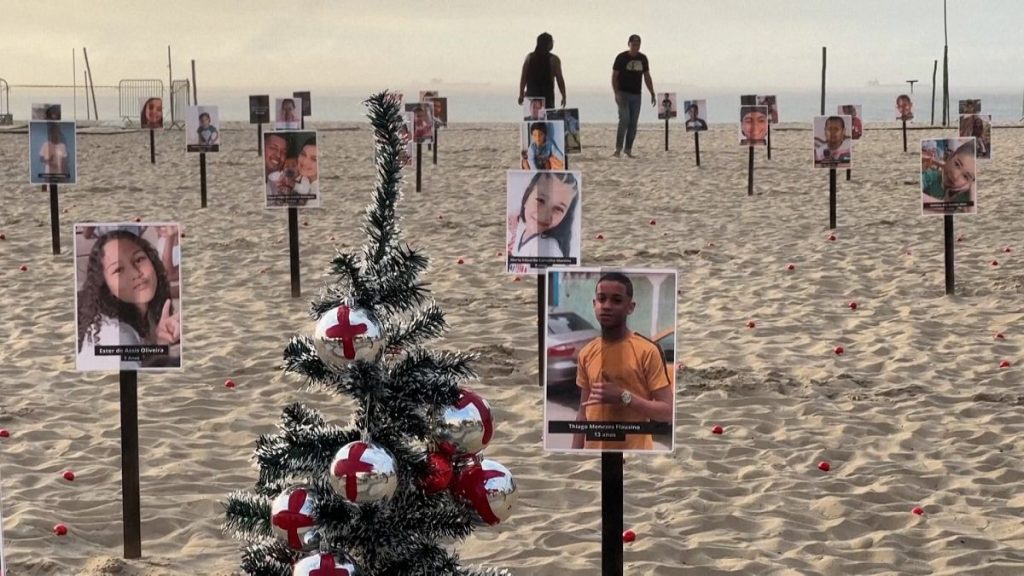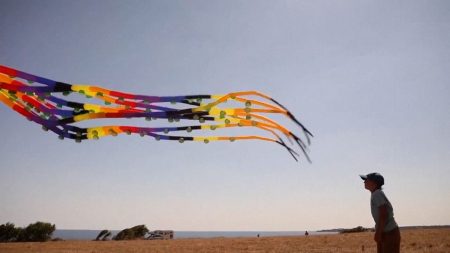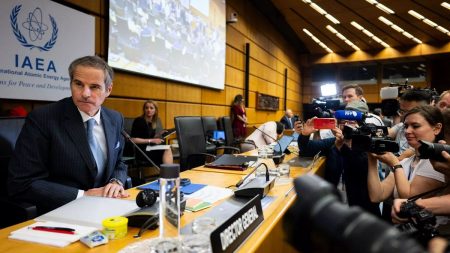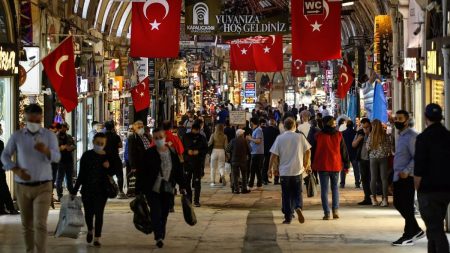The stark image of a Christmas tree adorned not with festive ornaments, but with stark red crosses, planted firmly in the sand alongside photographs of children, serves as a chilling indictment of the pervasive gun violence plaguing Rio de Janeiro. Each red cross represents a young life tragically cut short, a victim of stray bullets, a grim testament to the pervasive danger that shadows the lives of children in this Brazilian state. This poignant display, organized by the non-governmental organization Rio de Paz (Rio Peace), underscores the urgent need for action to address the alarmingly high rate of gun violence that has claimed the lives of at least 48 children since 2020. The Christmas season, typically associated with joy, family, and hope, is juxtaposed with the harsh reality of loss and grief experienced by families who have lost their children to this senseless violence. The sandy beach, a place often associated with leisure and carefree childhood moments, becomes the backdrop for a somber memorial, highlighting the vulnerability of children even in seemingly safe spaces.
The act of placing the Christmas tree on the beach carries symbolic weight. The beach, a public space accessible to all, represents the shared responsibility for the safety and well-being of the community’s children. The Christmas tree, a symbol of hope and new beginnings, is transformed into a symbol of mourning and a call for change. The red crosses, stark against the green of the tree, serve as a visual representation of the lives lost, each cross a poignant reminder of the individual tragedies that contribute to the larger crisis. The photographs of the children, placed alongside the tree, personalize the statistics, reminding viewers that these are not just numbers but individual lives, each with their own story, their own potential, tragically extinguished. The placement of this memorial on the beach during the Christmas season amplifies the message, forcing a confrontation between the idealized image of the holiday and the grim reality faced by many families in Rio de Janeiro.
The statistic cited by Rio de Paz – 48 children killed by stray bullets since 2020 – paints a grim picture of the ongoing crisis. This number represents not just individual tragedies, but a systemic failure to protect the most vulnerable members of society. The term “stray bullets” itself highlights the indiscriminate nature of the violence, suggesting that even children not directly targeted are at risk. This underscores the pervasive nature of the danger and the urgent need for comprehensive solutions to address the root causes of the violence. The fact that this number represents deaths since 2020 indicates an ongoing and persistent problem, emphasizing the need for sustained efforts to address this issue. The figure of 48 children represents a significant loss of young lives, each with their own potential, dreams, and futures tragically cut short.
The symbolic act organized by Rio de Paz is a powerful call to action. It is a plea to the authorities, to the community, and to the world to recognize the severity of the crisis and to take concrete steps to address it. The image of the Christmas tree adorned with red crosses is designed to shock and to provoke a response. It is a reminder that behind the statistics are real children, real families, and real communities devastated by loss. The timing of the display, during the Christmas season, serves to amplify the message, contrasting the joy and hope typically associated with the holiday with the grief and despair experienced by the families of the victims. The display serves not only as a memorial to the children lost but also as a platform for advocating for change and demanding accountability.
The underlying causes of the gun violence in Rio de Janeiro are complex and multifaceted, involving factors such as poverty, inequality, drug trafficking, and the proliferation of firearms. Addressing this crisis requires a multi-pronged approach that tackles these root causes. This includes strengthening law enforcement efforts to combat organized crime and reduce the availability of illegal firearms. It also requires investing in social programs that address poverty and inequality, providing opportunities for education, employment, and social mobility. Furthermore, community-based initiatives focused on violence prevention and conflict resolution are crucial. Addressing this crisis also requires a change in societal attitudes towards violence and a commitment to creating a culture of peace.
The image of the Christmas tree with red crosses serves as a stark reminder of the human cost of inaction. It is a call for urgent and sustained efforts to address the root causes of gun violence and to create a safer environment for children in Rio de Janeiro. The symbolic act of planting this tree on the beach, a public space accessible to all, underscores the shared responsibility for the safety and well-being of the community’s children. The message is clear: the time for action is now. The lives of children are at stake. The future of Rio de Janeiro depends on it. The ongoing violence demands a comprehensive and sustained response from all stakeholders, including government, law enforcement, community organizations, and individuals. Only through collaborative efforts can the cycle of violence be broken and the lives of children be protected. The red crosses on the Christmas tree serve not only as a memorial to the lives lost but also as a symbol of hope that change is possible.














